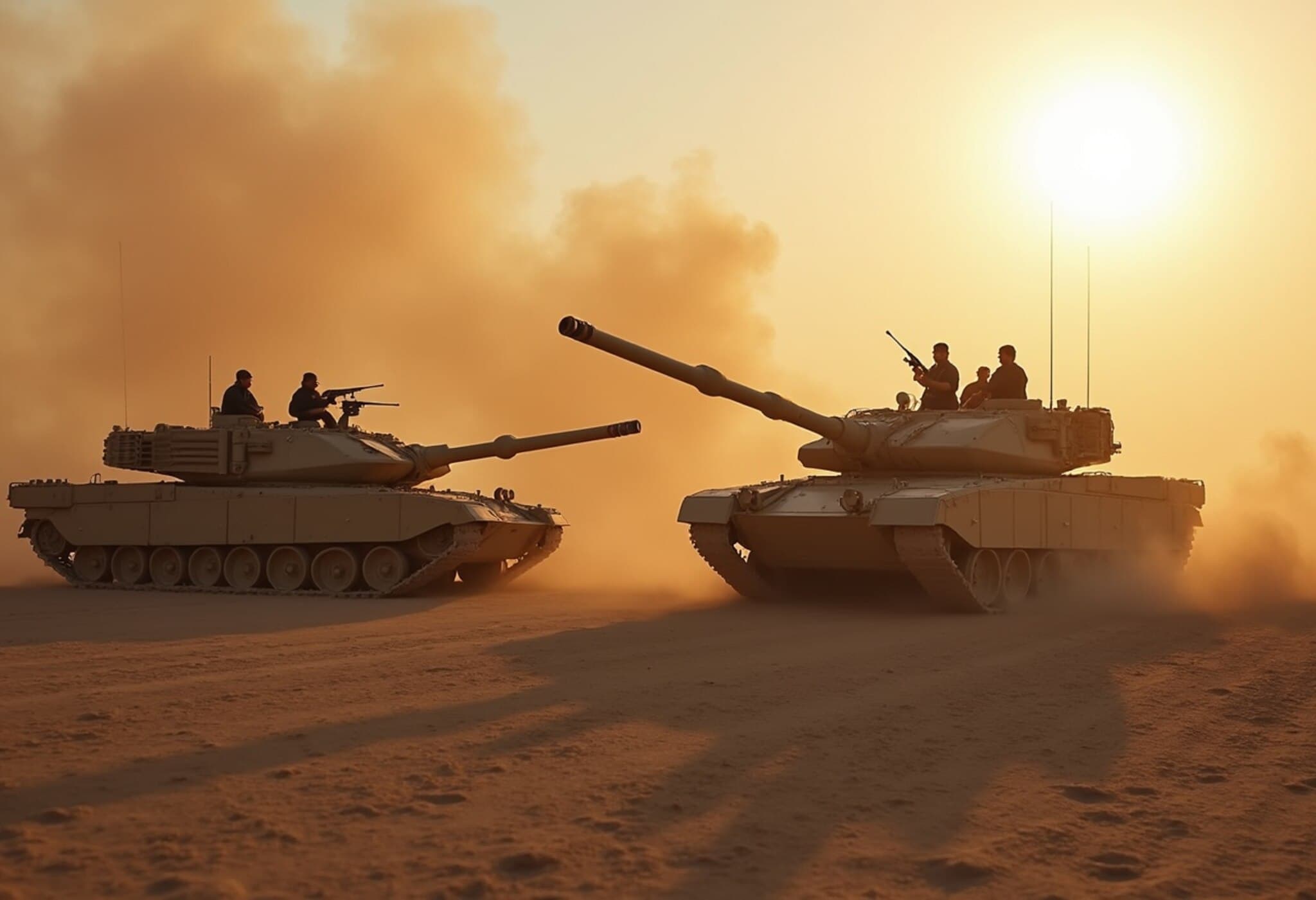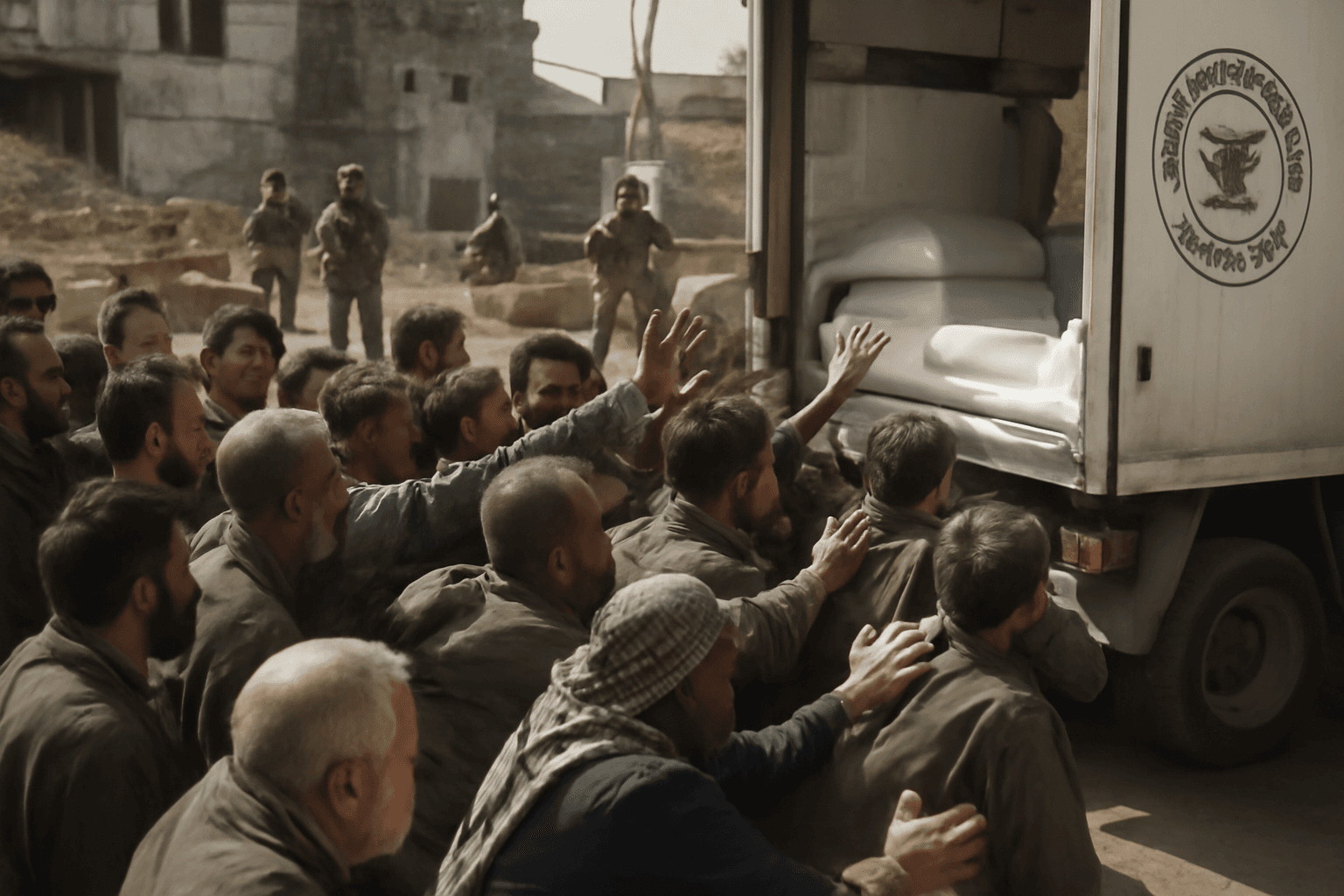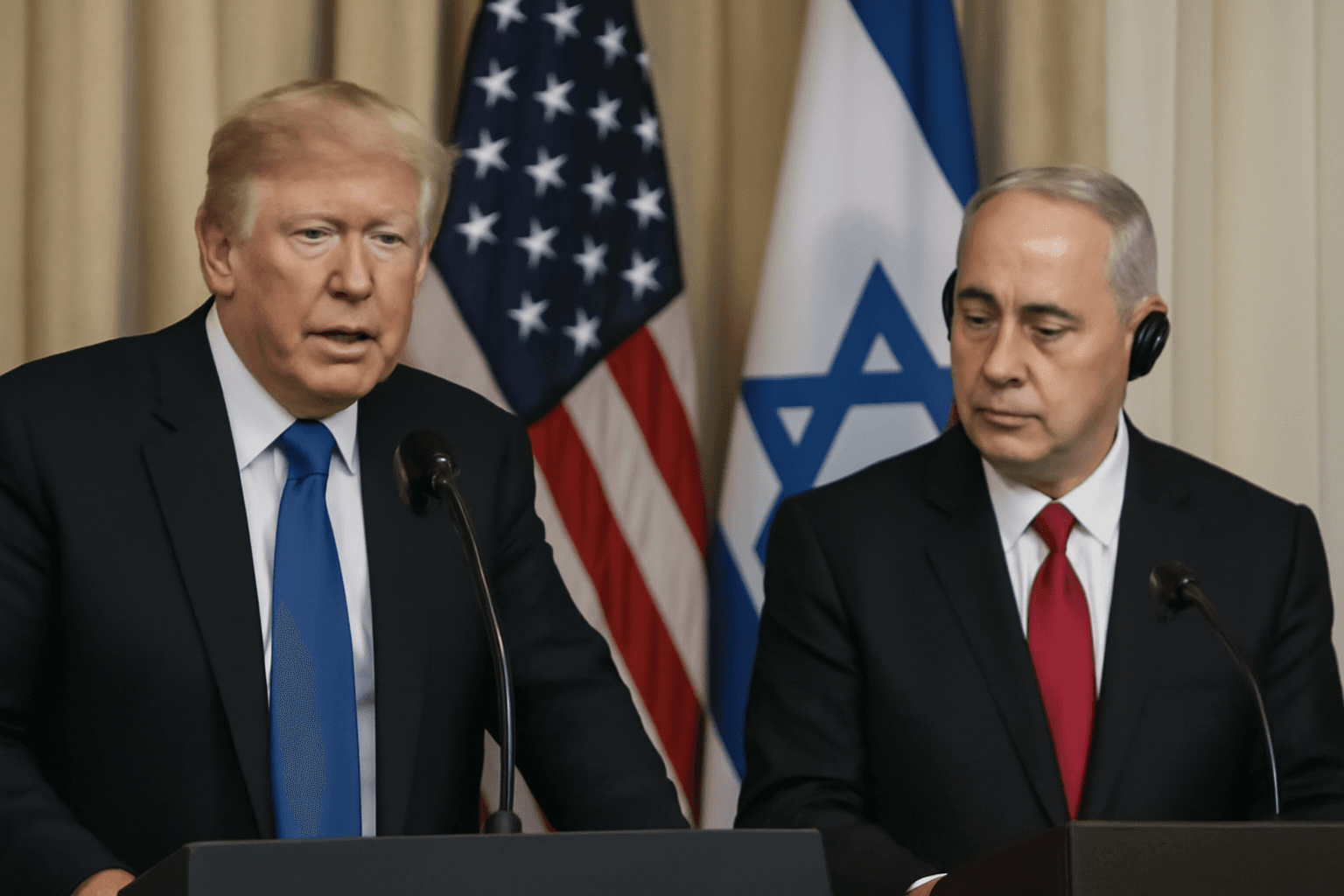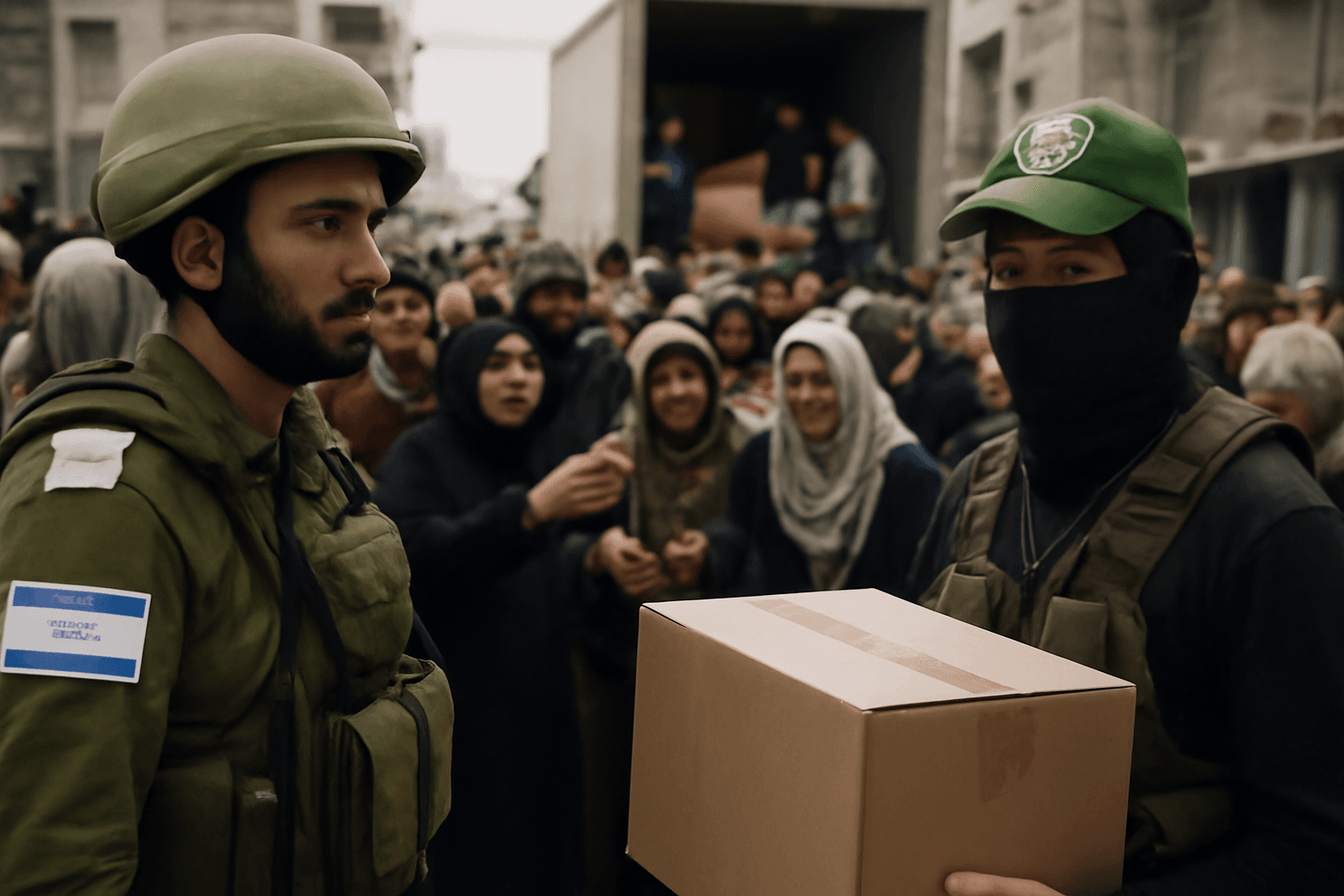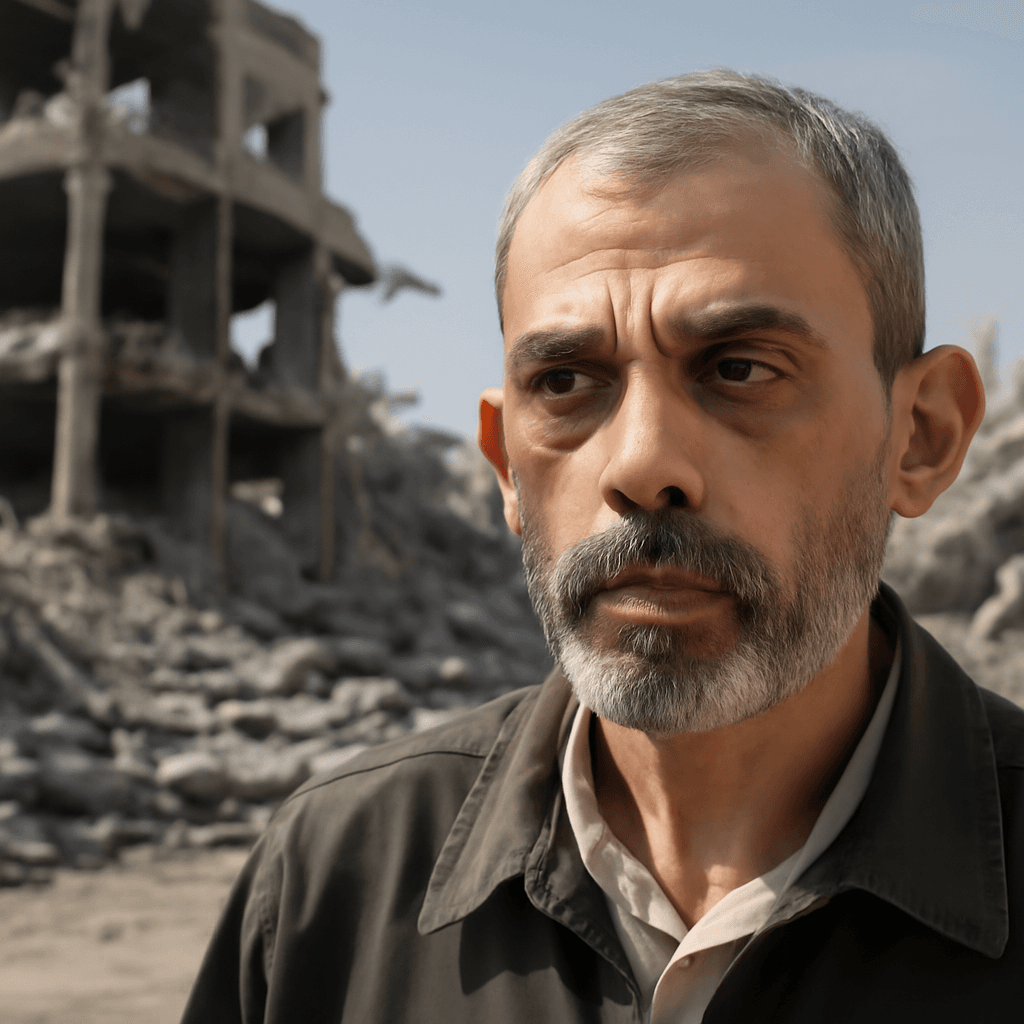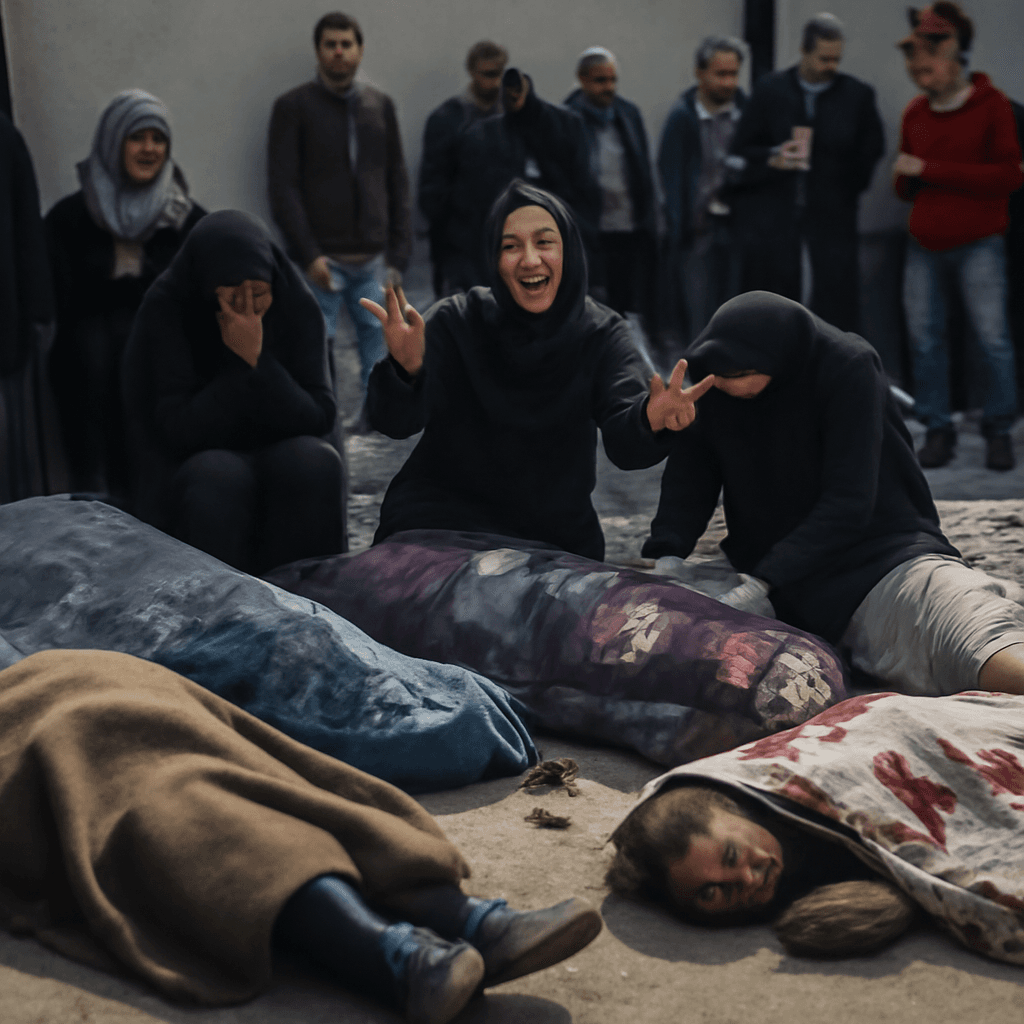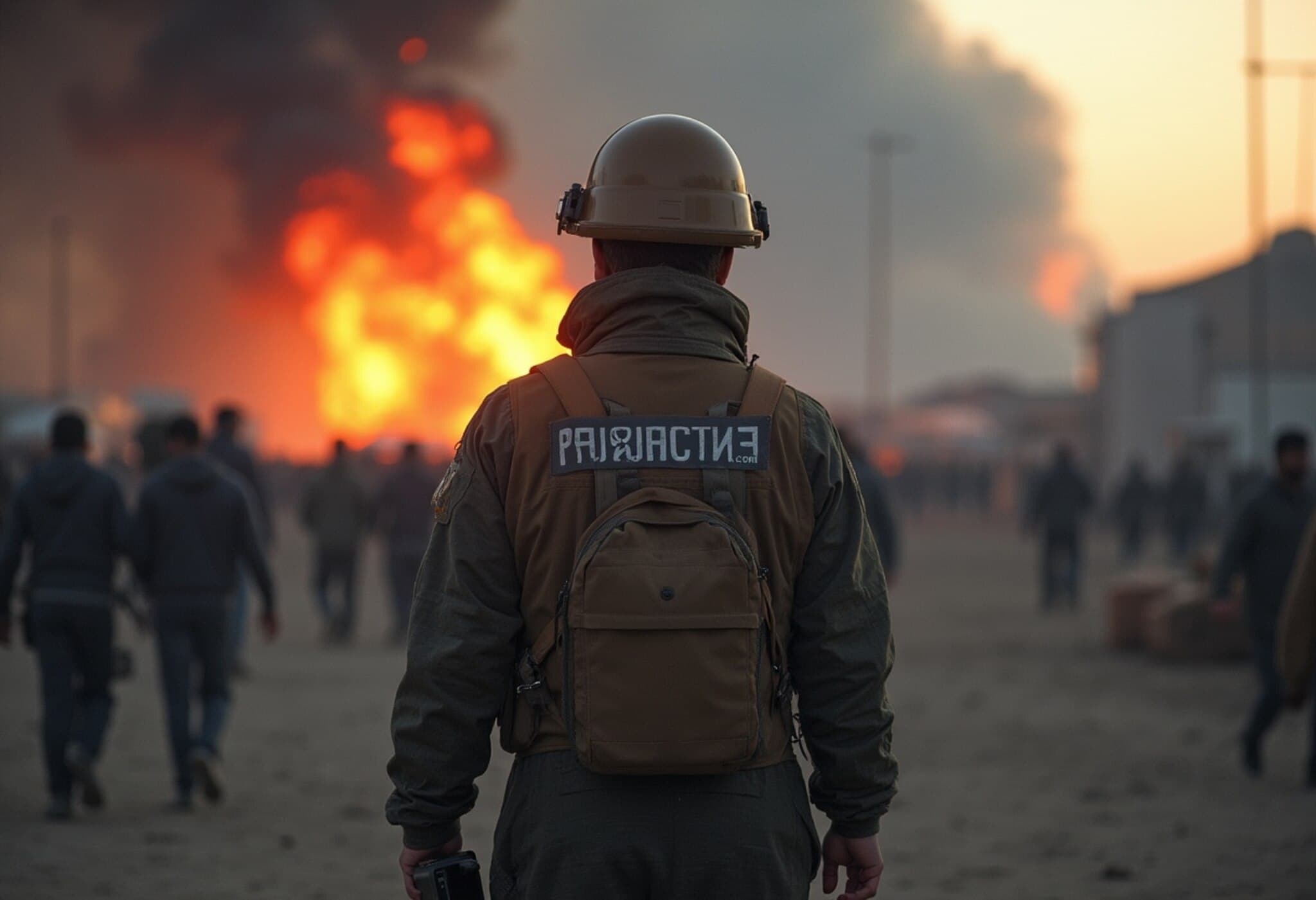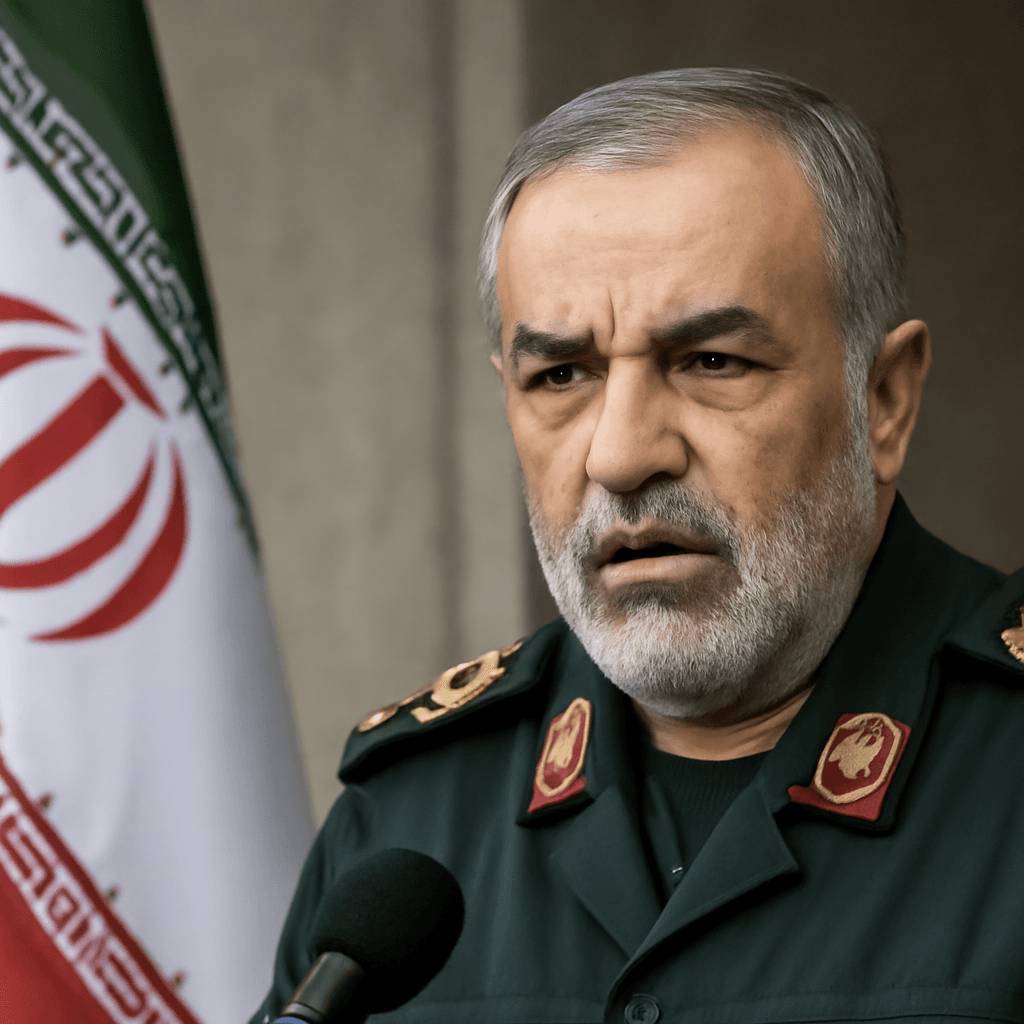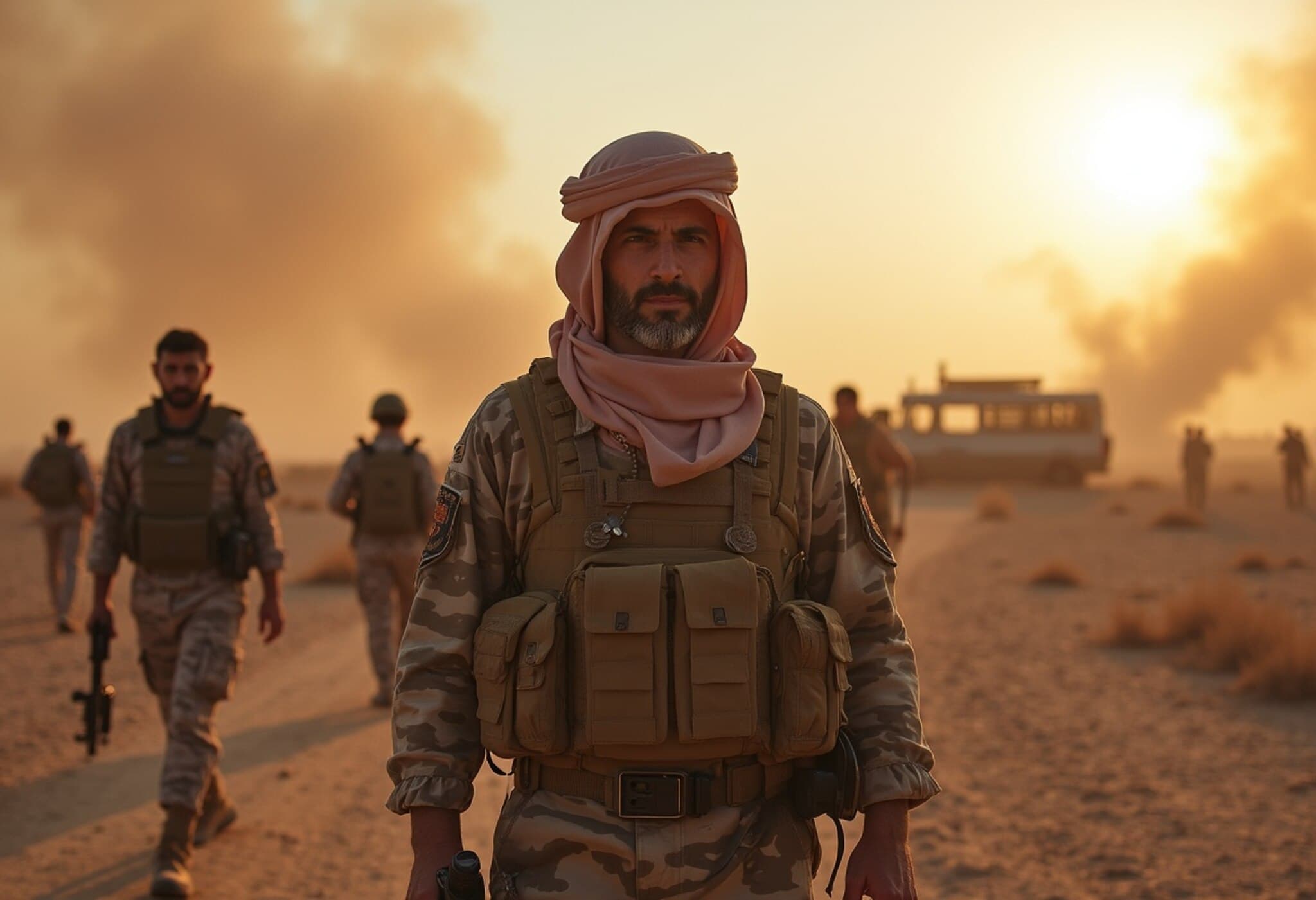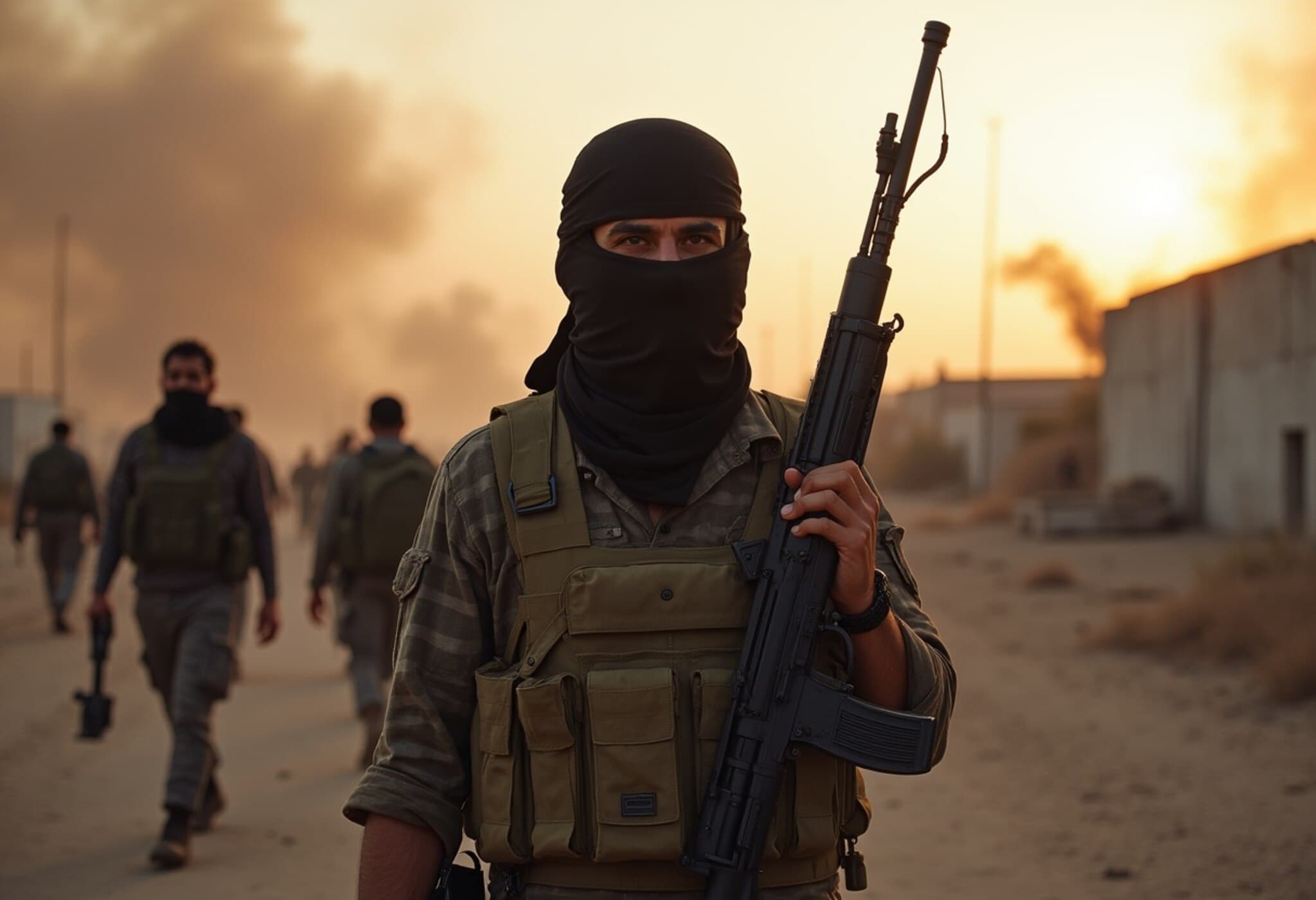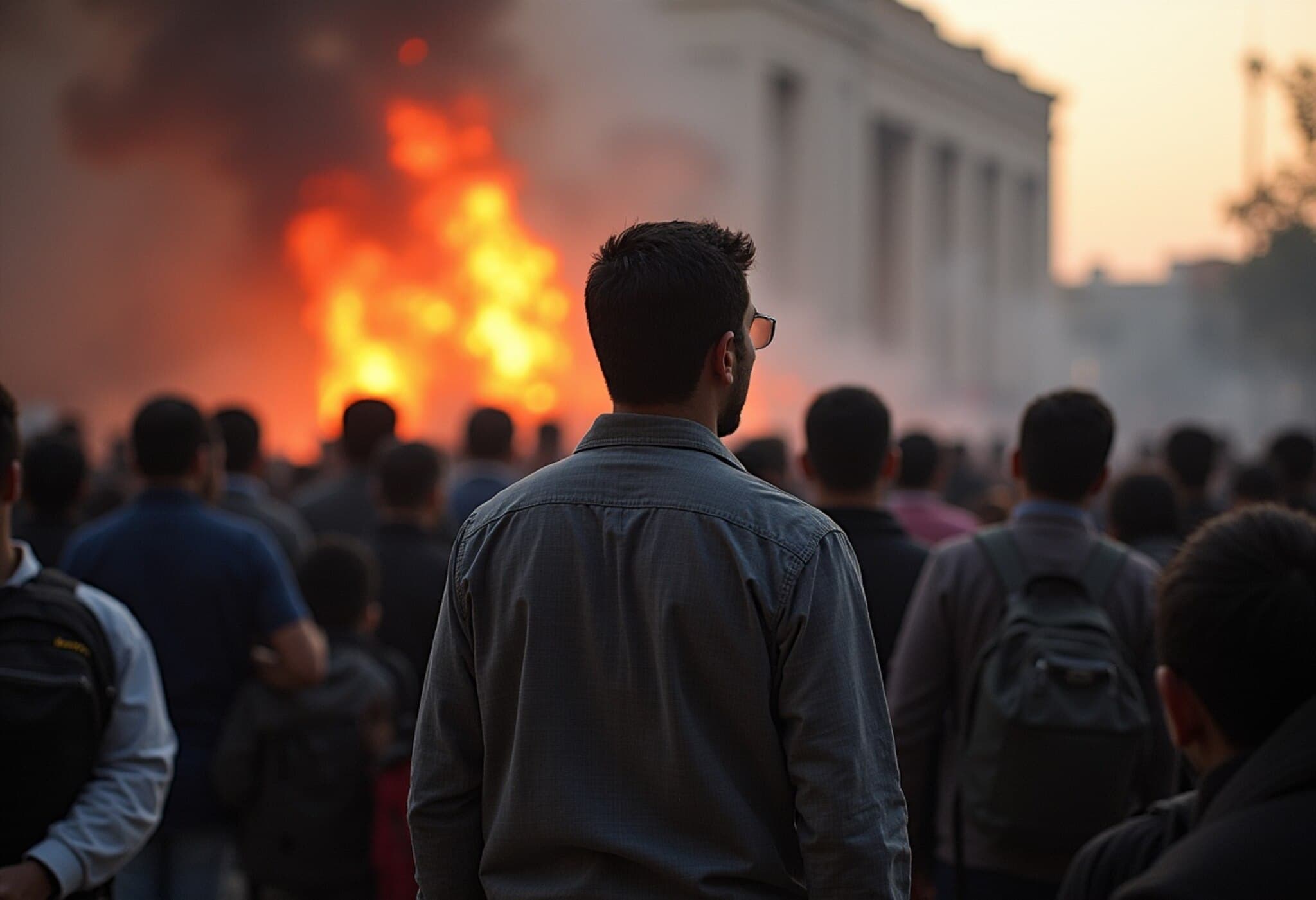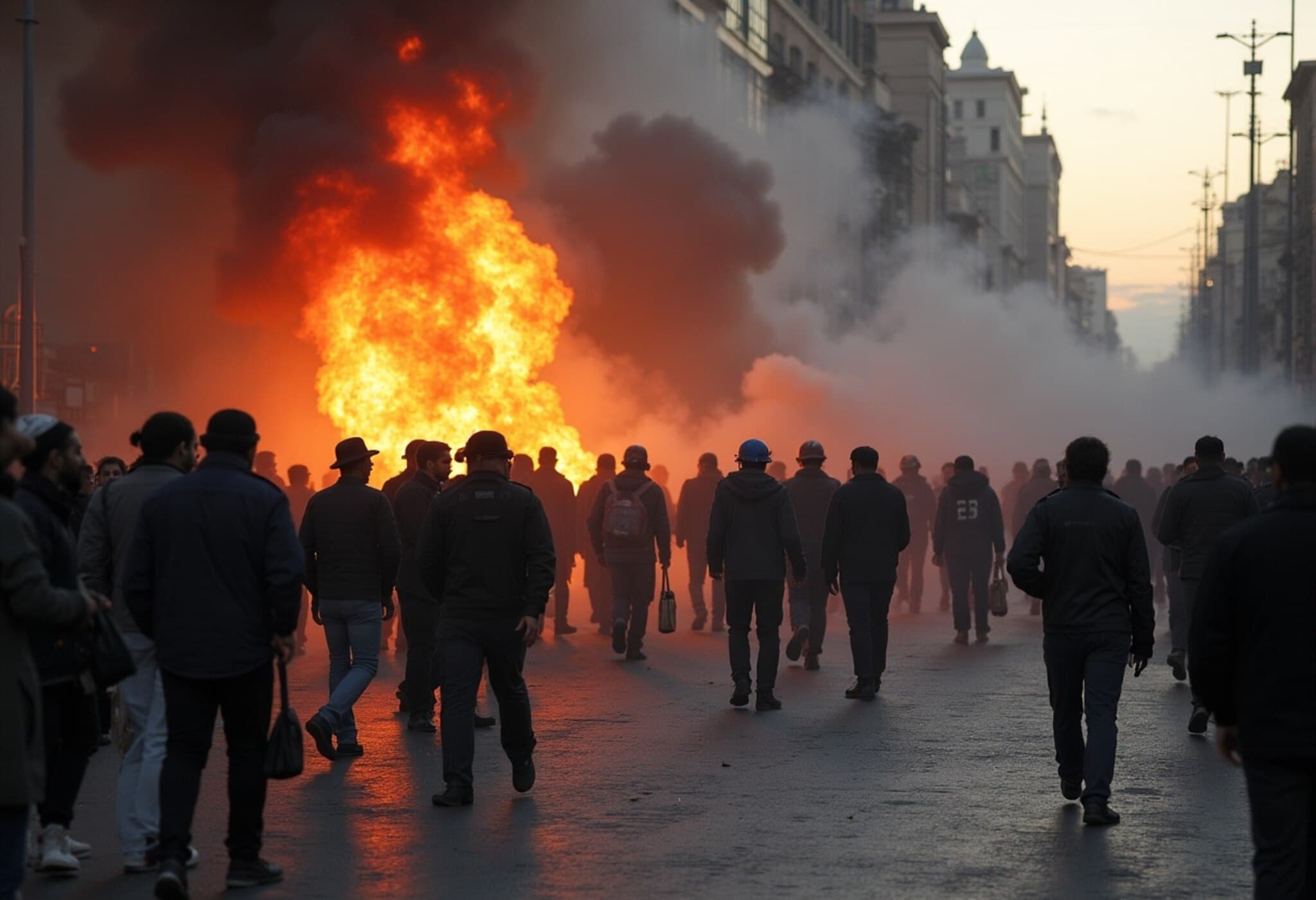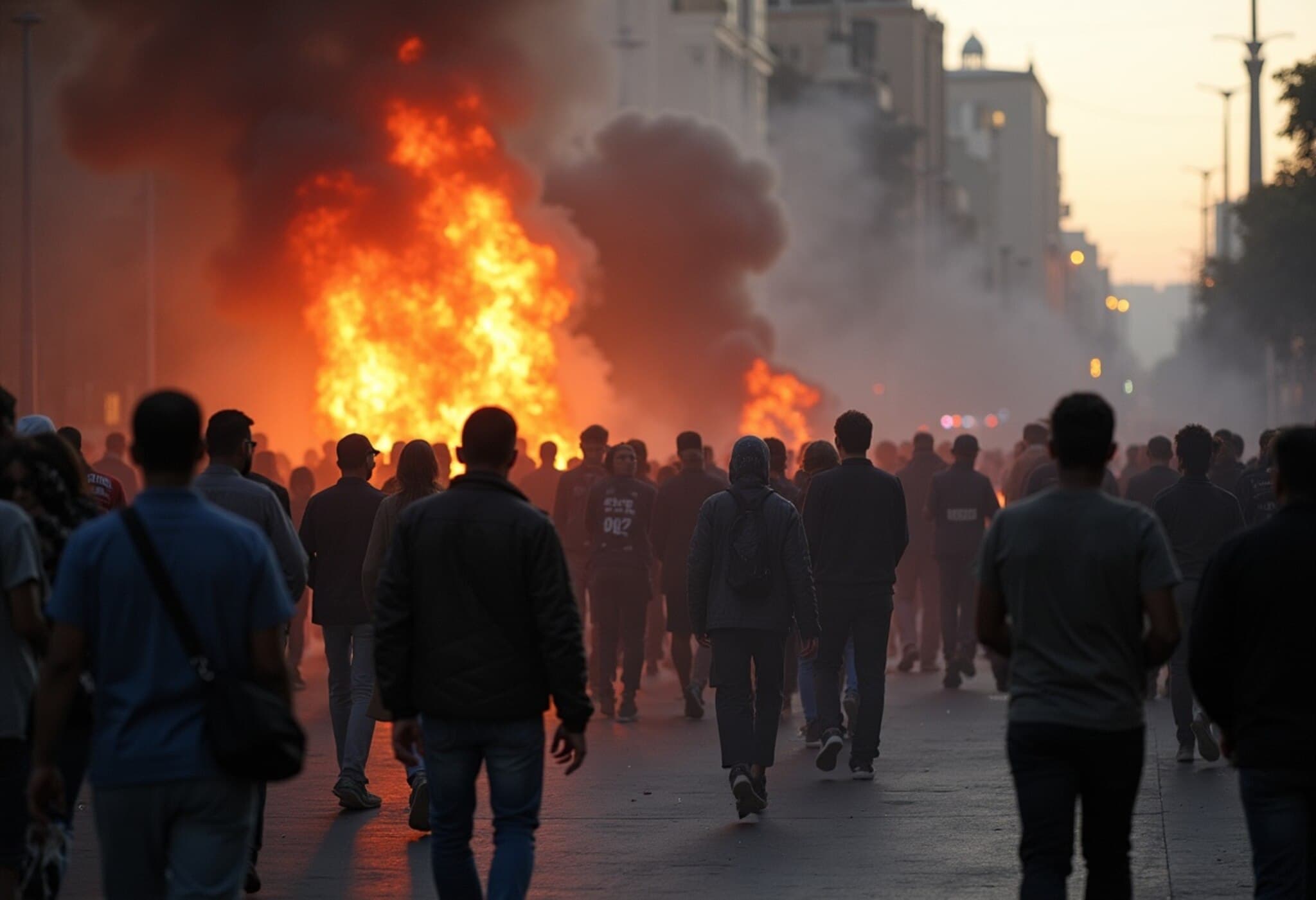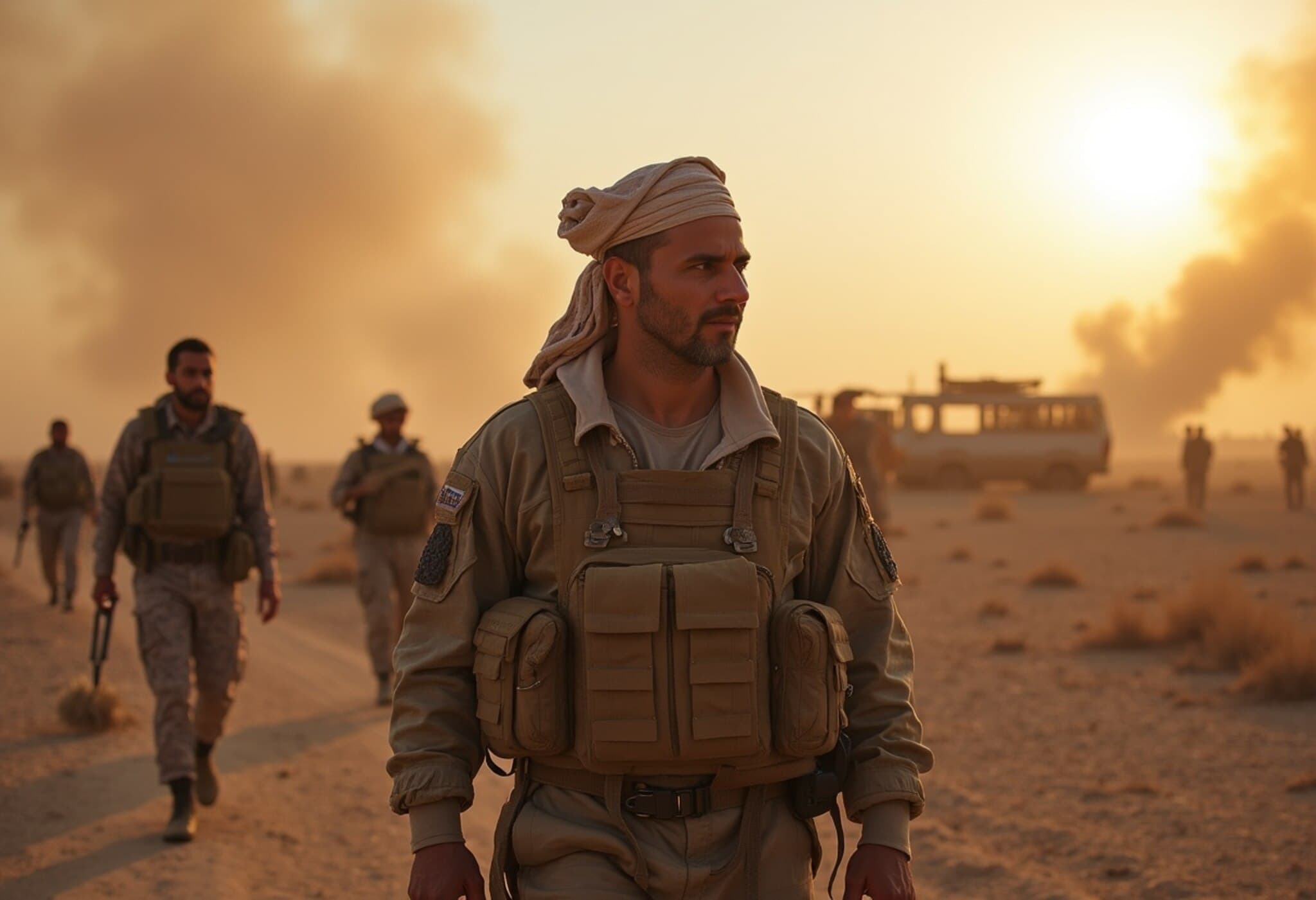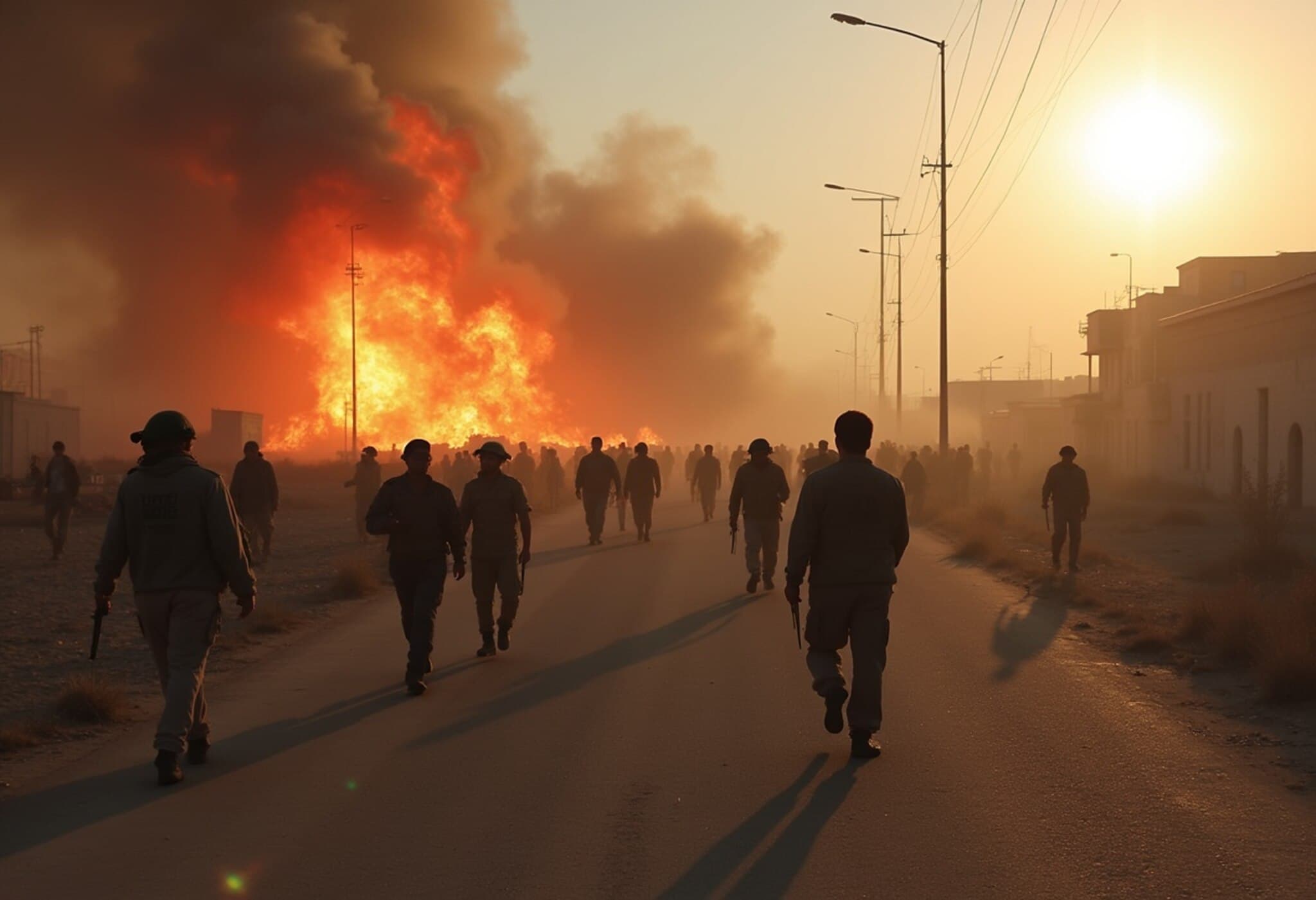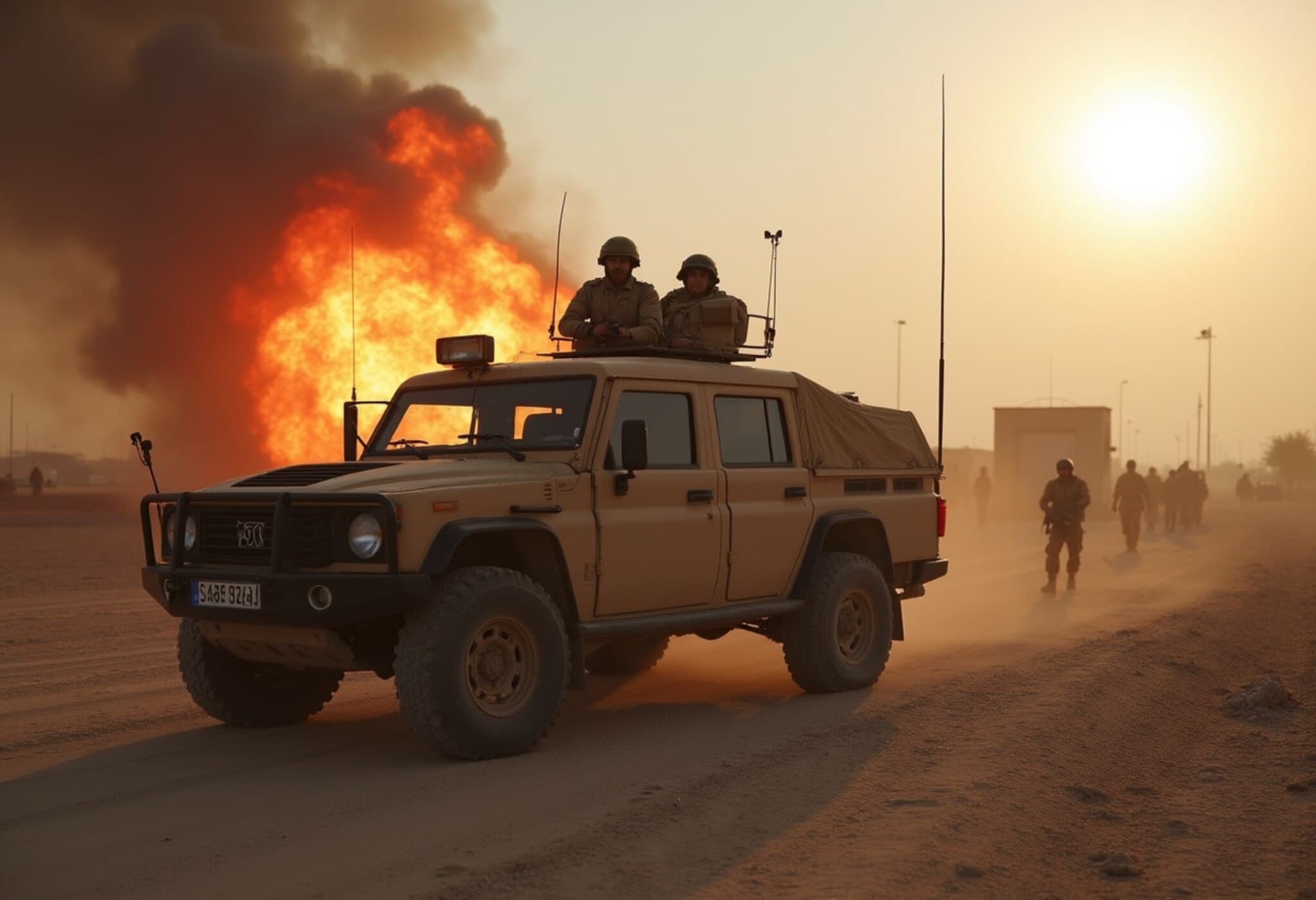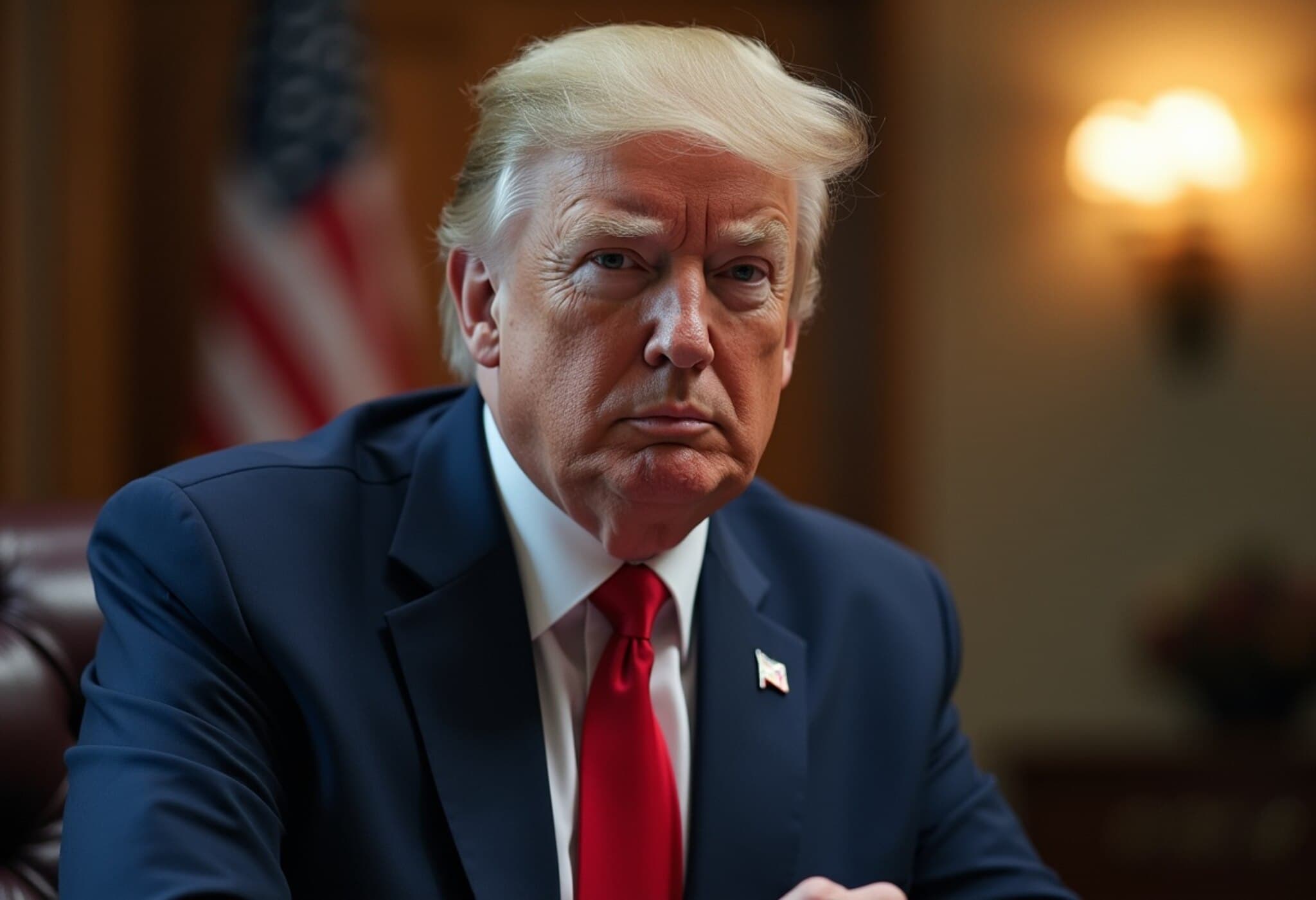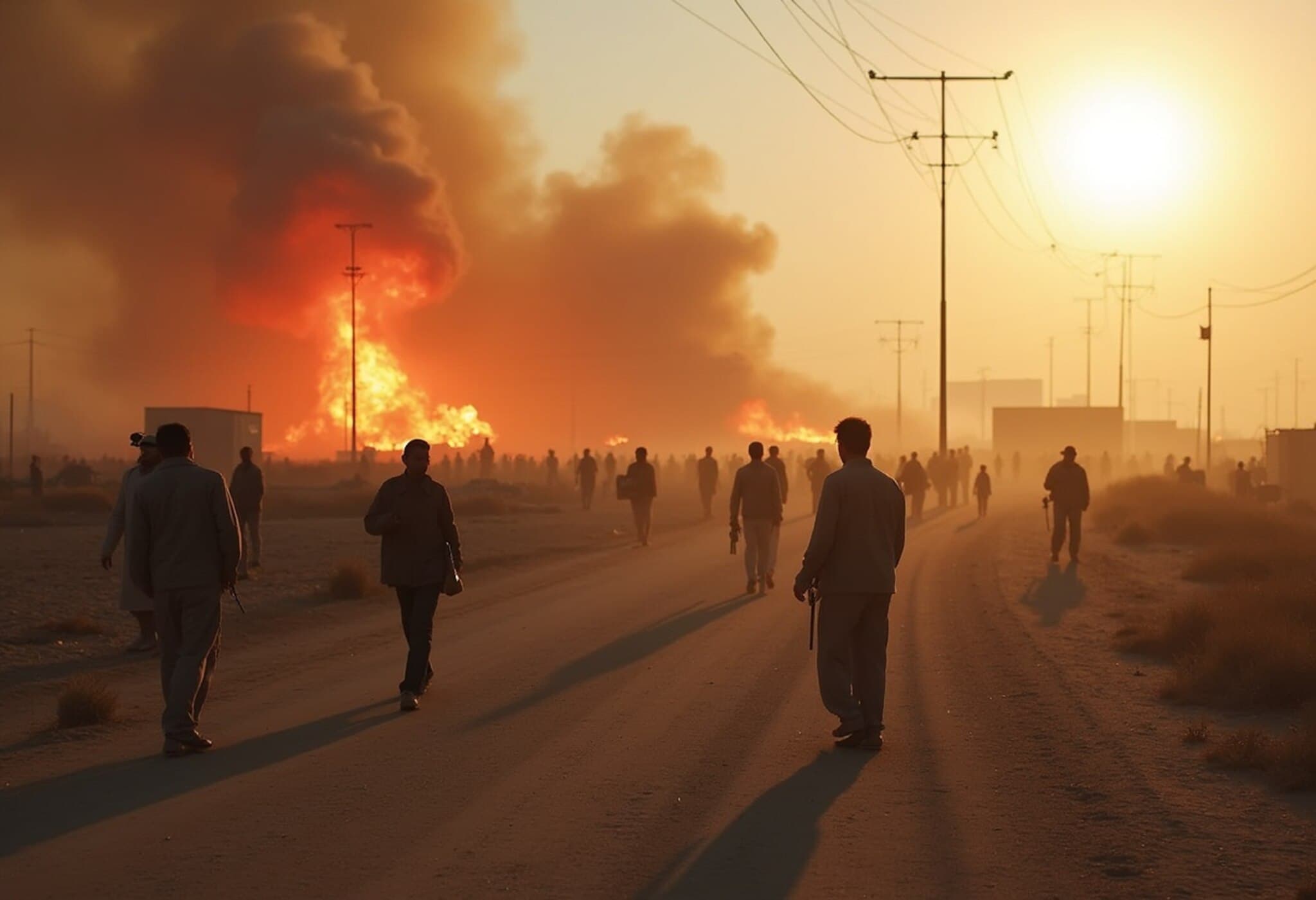Israel Targets Syrian Military Tanks Amid Rising Sunni-Druze Violence
In a dramatic escalation along Syria's southern front, Israeli forces struck military tanks within Syrian territory on Monday, issuing a clear warning to Damascus amid intensifying clashes between local militias. The violence is centered in the Sweida province, where fierce confrontations between Sunni Bedouin tribes and Druze militias have erupted, further destabilizing a region grappling with the aftermath of a 13-year civil war.
Deadly Clashes in Sweida: A Complex Local Conflict
The turmoil in Syrians' Sweida province has claimed dozens of lives, with official figures from Syria's Interior Ministry reporting over 30 fatalities and nearly 100 injuries. Meanwhile, the Syrian Observatory for Human Rights, a UK-based monitoring organization, has documented close to 99 deaths including vulnerable groups such as children and women, as well as government security personnel.
The genesis of these clashes traces back to a series of tit-for-tat attacks, reportedly ignited by the kidnapping and robbery of a Druze vegetable merchant by members of a Sunni Bedouin tribe. This initial incident escalated into broader violence involving tribal militias alongside Syrian government forces.
Government Response and Official Narratives
The Syrian Interior Ministry affirmed that security forces deployed in Sweida aimed to quell the unrest, with spokeswoman Noureddine al-Baba emphasizing that the conflict is "fundamentally not sectarian in nature," but rather a fight “between the state and bandits and criminals.” The government portrays the Druze community as a crucial ally in reinforcing national unity, challenging narratives of sectarian divide.
Nevertheless, local observers and activists paint a more complicated picture of fractured allegiances, with some government soldiers reportedly siding with Bedouin factions. The chaos is exacerbated by weak official institutions, which have left communities vulnerable to lawlessness and factional violence.
International Reactions and Calls for Protection
The United Nations Deputy Special Envoy for Syria, Najat Rochdi, expressed grave concern over the escalation. She urged all parties to prioritize civilian protection and work toward "genuine inclusion, trust-building, and meaningful dialogue" as foundational steps for Syria's fragile political transition.
Highlighting the international dimension of the conflict, Israeli Defense Minister Israel Katz underscored Israel's stance, stating that recent military actions targeted Syrian regime elements to protect the Druze population. The Druze minority holds a unique position in Israeli society, often integrated into the country's defense forces and regarded as loyal citizens.
Druze Communities Caught Between Powers
The Druze, numbering around one million globally with significant populations in Syria, Lebanon, and Israel, have navigated a precarious existence amid Syria’s civil war. Many Druze resist outside intervention, including Israeli involvement, fearing further destabilization, while simultaneously harboring skepticism toward the Damascus government, especially after the Assad regime's collapse during recent rebel offensives.
Internal divisions within the Druze community have led to clashes with government-aligned forces, reflecting broader tensions over autonomy and security. Notably, in May, Israeli strikes targeted strategic sites near Damascus, signaling Israel’s intent to counter threats it associates with Syria’s evolving leadership.
The Wider Regional and Political Implications
This latest violence unfolds against a backdrop of shifting alliances and geopolitical chess games. Israel remains vigilant about Islamic militant presence near its borders, having engaged in hundreds of airstrikes across Syria and annexed portions of the Golan Heights, a territory claimed by Syria but held by Israel since 1967.
Meanwhile, US efforts to nudge Syria toward normalization with Israel continue, though officials admit such diplomatic progress will be gradual—"like unwrapping an onion," according to US envoy Tom Barrack. With both Damascus and Tel Aviv reportedly engaging in indirect talks, the region remains on edge, balanced precariously between conflict and cautious dialogue.
Understanding the Druze Identity and Challenges
The Druze faith, an offshoot of Ismaili Shiism dating back to the 10th century, has forged a distinct religious and cultural identity over centuries. In Syria, their strongholds span the southern Sweida province and certain suburbs around Damascus, where they maintain some degree of communal autonomy and have fielded militias to defend against threats from extremist groups like ISIS.
However, the recent clashes underline the vulnerabilities minority groups face amid Syria's fractured power landscape, raising urgent questions about protection, representation, and long-term stability.
Editor’s Note
The latest spate of violence in Sweida underscores the intricate layers underpinning Syria's prolonged crisis—where tribal loyalties, sectarian identities, and geopolitical rivalries collide. As international actors weigh their responses, the plight of communities like the Druze spotlights the broader challenge of forging inclusive governance in a country still grappling with war's aftermath. Observers must ask: Can Syria’s political transition accommodate its diverse peoples without further bloodshed? And what role should external powers play in balancing security and sovereignty in such a complex environment?

